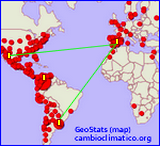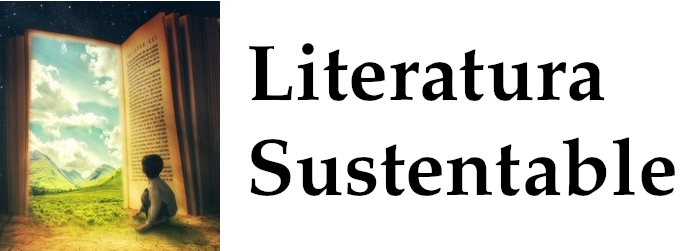The "carbon market"
(via Google Translate)
* The limits of emissions of greenhouse gases set by the Kyoto Protocol is a way to assign monetary values to the Earth's atmosphere that we all share, something that had not been done before.
The nations that have contributed to global warming in general have achieved direct benefits in terms of higher business profits and higher living standards, but have not made the same extent the responsibility for damage to their emissions. The negative effects of climate change will be felt worldwide, and in fact are expected to more serious consequences taking place in LDCs, which have produced few emissions.
* The Kyoto Protocol, once in force, establish a limit on total emissions of major world economies, ie a fixed number of "emission units." Each of the industrialized countries have mandatory emission targets to be met ... but it is assumed that some will do better than expected, which is even below these limits, while others exceed.
* The Protocol allows countries that can save some emission units, emissions that would be eligible but have not "used" - and sell this excess capacity to countries that exceed their goals. The so-called "carbon market", known by that name because carbon dioxide is the greenhouse gas most frequently produced, and because emissions of other greenhouse gases will be recorded and accounted for in the form of carbon dioxide equivalent "- is both flexible and realistic. Countries that fail to meet their commitments may "buy" compliance ... but the price may be high. The higher the cost, the more pressure they feel to use energy more efficiently and to investigate and promote the development of alternative energy sources with low or zero emissions.
* The concept of an "exchange" global trading of emission units is a simple concept, but in practice the system of emission trading the Protocol has found numerous complications. Details were not specified in the protocol, so we had to hold further negotiations to reach a higher accuracy. These standards were among the practices specifications contained in the "Marrakesh Accords" in 2001. The problems are clear: the actual emissions of countries should be supervised and monitored to determine that correspond to what has been reported, and must carry out detailed records of the exchanges. Consequently, they are setting "records" as the bank accounts of emission units of a nation, along with "accounting procedures," an "international transaction log" and "expert teams" to monitor compliance.
* In trade and sales are more emission units include those currently undertaken. Countries will get credit for reducing total greenhouse gases by planting forests or expanding ("removal unit"), for the realization of "joint implementation" with other developed countries, in general countries with "economies in transition" , and the projects under the Clean Development Mechanism of the Protocol, which is financing activities to reduce emissions in developing countries. Credits earned in this way can be bought and sold on the carbon market or reserved for future use.
* Some national systems of registration under the Protocol's provisions have already been established, as countries are interested in "reserve" emission reductions already achieved as they wait to get the ratification of the Protocol becomes final and legally binding instrument .
* Currently being established "carbon markets" on a smaller scale in the European Union and other groups of countries, and is expected to start operating before the entry into force of the Protocol. These systems of emission trading is aimed at initiating the process and establish a link with the world market once the Protocol enters into force.
Source: United Nations Environment Programme and laSecretaría on Climate Change (UNFCCC).


 IP registrada
IP registrada



















Comenta en Facebook